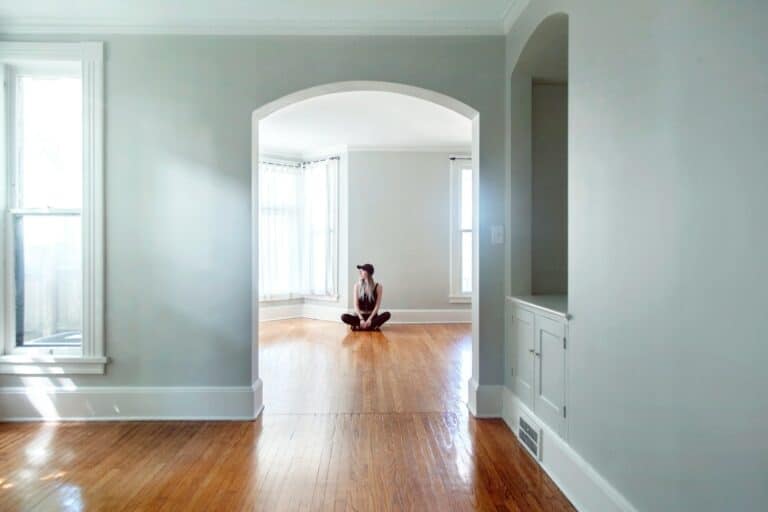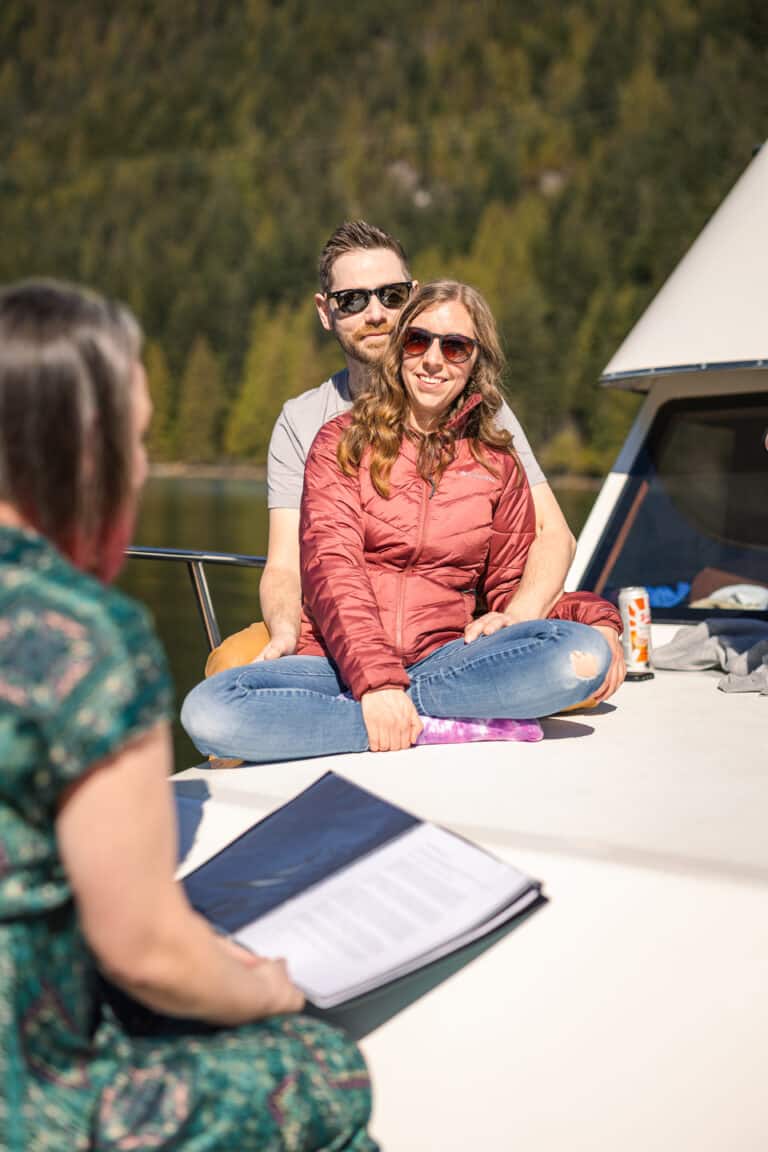For many of us, we’ve lost the art of growing up, and as a result, ritual matters more than ever.
Adolescence is often a whirlwind of emotions, physical changes, and a growing sense of independence. It’s a time of tremendous transition, yet in many secular cultures, we’ve lost a crucial element in navigating this passage: ritual.
Think back throughout history, and across cultures. From the Jewish Bar and Bat Mitzvah to the berry fasts of the Ojibwe to the walkabouts in Australian Aboriginal culture, societies have long understood the importance of marking life’s milestones with ceremony.

These rituals serve not just for celebration, but as a bridge between childhood and adulthood. They provide a shared experience, a public acknowledgement of the changes taking place, and a sense of belonging.
A coming-of-age ceremony can also help young people navigate the shift in identity, including how they see themselves and how others relate to them.
Dr. David Elkind, a renowned developmental psychologist, emphasizes the power of ritual in his book “The Hurried Child.” He argues that adolescents crave structure and rites of passage to help them “separate from the world of childhood and move into the world of adulthood.”
Rituals offer a safe space for young people to explore their identities, confront anxieties about growing up, and connect with something larger than themselves. Dr. Beverly Tatum, author of “Why Are All the Black Kids Sitting Together in the Cafeteria?” expands on this, highlighting the importance of rituals that acknowledge a young person’s cultural heritage and place within their community.
Why are coming-of-age rituals needed?
- Marking Change: Adolescence is a period of immense physical and emotional transformation. Rituals provide a public acknowledgement of this shift, allowing the young person and the community to recognize the transition.
- Building Identity: Coming-of-age ceremonies can be designed to explore the young person’s values, interests, and aspirations. This helps them solidify their sense of self as they enter adulthood.
- Community Connection: Rituals often involve family and community members. This reinforces the young person’s sense of belonging and support as they take on new responsibilities.
- Emotional Outlet: Transition can be emotionally challenging. Rituals provide a safe space to process anxieties and excitement about growing up.
How can we reclaim the art of ritual in our secular lives?

The beauty of rituals is that they can be as simple or elaborate as desired. It could be a family camping trip symbolizing leaving the comforts of childhood.
Or a solo adventure, safely guided to explore the world through our own eyes. It could be planting a tree together, and then watching it grow alongside the adolescent. Even a shared meal with meaningful conversation can create a space for reflection and connection.
The key is to involve the young person in crafting the ritual. Let them choose elements that resonate with them, making the experience personal and empowering.
In a world that often rushes through life’s transitions, rituals offer a much-needed pause. They provide a container for emotions, mark a shift in identity, and create shared memories that become touchstones later in life. As Dr. Elkind reminds us, “Rituals help us understand the meaning of life’s passages, and they give us a sense of security and continuity in a world that often seems chaotic and unpredictable.”
How can I create a coming-of-age ceremony?
The beauty of coming-of-age rituals is their flexibility. You can draw from our Coming of Age or Menarche ceremonies in the app, giving you dozens of rituals to choose from. Here’s where you can start to craft a meaningful coming-of-age ceremony:
- Involve the Young Person: This is their transition, so their voice matters. Discuss what feels significant to them, their fears or hopes, and what kind of experience they’d like.
- Consider Traditions: Explore cultural or religious traditions that resonate with you and the young person. You can incorporate elements from these traditions or use them as inspiration.
- Choose a Theme: Will it focus on nature, personal growth, or community? Selecting a theme helps guide the ceremony’s structure and activities.
- Plan Activities: This could involve storytelling, creating a symbolic object, or participating in a shared experience like planting a tree or taking a nature hike.
- Gather the Community: Depending on the young person’s comfort level, involve close family, extended relatives, or trusted friends. Their presence creates a sense of support and shared celebration.
Remember, the most important aspect is creating a personalized and meaningful experience that acknowledges the young person’s journey into adulthood. Let’s reclaim the power of ritual, and offer our young people a more meaningful journey as they step into adolescence.
Learn more about our Coming of Age rituals and create a ceremony that’s unique to you.




